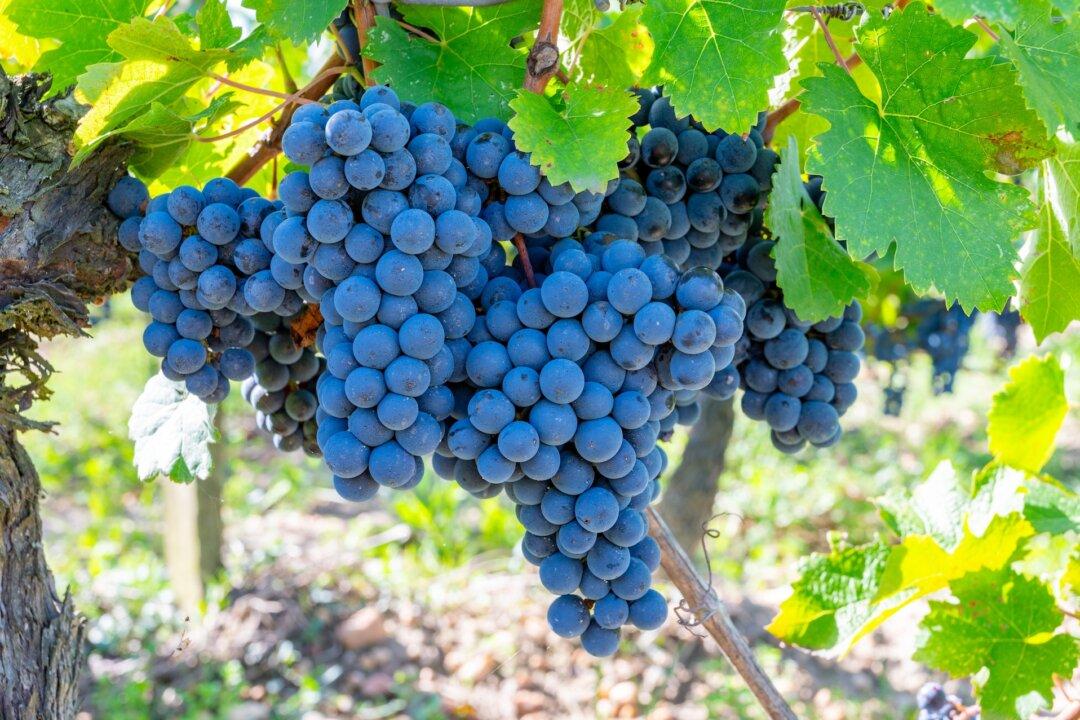Decades ago, a German winemaker pulled a label-less bottle of riesling from a fabric bag, pulled the cork, and asked me to taste it.
It was a time when most imported German rieslings were sweet and the winemaker asked me, “How much sugar do you think this wine has?”
The wine was tart, but I knew that dry German wines could have up to 1 percent residual sugar. And with high acid, some wines could taste like licking a lemon.
I suspected a trick was afoot. So, I guessed it had 2 percent to 3 percent sugar, about 20 to 30 grams per liter. In most cases, such a wine would be slightly sweet.
The winemaker chuckled. “It has 80 grams!” he said, 8 percent. I was stunned. I had never tasted a wine with 8 percent sugar that was so dry. He then went into technical details to explain why this wine tasted so dry.
It had, among other things, high acid and low pH. Both conditions left the wine tart.
I never forgot the lesson. It led to further study of German rieslings, which helps me explain all sweet wines. As a result, I soon learned that asking wine store clerks and restaurant personnel whether a wine is dry or sweet often is no help. Few such people have any real understanding of the word “dry.”
This subject isn’t easy to explain. There are many parameters here and only those who make a study of the issues can truly understand them. The best way to understand this is to taste wine often.
There are two wines in the market today, a well-regarded Napa Valley chardonnay and a popular pinot noir. Neither is inexpensive. Most average consumers (those who drink perhaps a glass of wine every two months) would say they are dry. To my palate, both are sweet.
The rules about what’s dry and what’s not can be daunting, mainly because many wineries do not want to tell consumers what’s in their wine.
Ask any winemaker or tasting room pourer: “Does your chardonnay have sugar in it?” Most will say “no” so fast you think you’re talking to a politician. Ask the same people if their cabernet has sugar and the answer will probably be the same: “Cabernet with sugar?! Of course not!”
And yet a lot of California wine is too sweet for me. Either they have sugar or they have acids that are too low and pH levels that are too high. It’s the dirty little secret that California wineries never want to talk about.
But wines from New York, Michigan, and other cooler climates typically have better acidity. Cooler climate wines start out with better acids.
Some of the driest wines you'll find are European—Sancerre or Pouilly-Fume (Loire Valley sauvignon blancs), Silvaner (a German or Alsace white wine), Chablis (a French chardonnay), and German rieslings that say “trocken” on the labels.
Many popular pink wines (varietal rosés) have traces of residual sugar, which appeals to a broad swath of U.S. consumers. But since few such wines actually state that a rosé is dry, many consumers are left without a clue.





